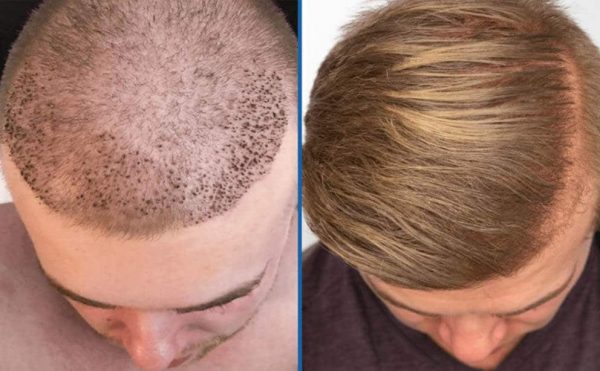Hair loss can be a frustrating and confidence-shattering experience, but there are various treatments available to address it. One such treatment is hair transplant surgery, which has become increasingly popular in recent years. Hair transplant surgery involves removing hair follicles from a donor site on the scalp and transplanting them into the areas of the scalp where hair has been lost. In this blog post, we’ll cover everything you need to know about hair transplant surgery, including the procedure, risks and benefits, recovery, and costs.
Procedure
There are two primary techniques used in hair transplant surgery: Follicular Unit Transplantation (FUT) and Follicular Unit Extraction (FUE).
FUT involves removing a strip of hair-bearing skin from the back of the scalp, dividing it into smaller grafts, and transplanting them into the areas of the scalp where hair is thinning. This technique is ideal for patients who require a large number of grafts as it allows for the transplantation of many grafts at once.
FUE, on the other hand, involves removing individual hair follicles from the donor site and transplanting them into the recipient area. This technique is ideal for patients who require a smaller number of grafts and prefer a less invasive procedure. The healing time for FUE is typically faster than that of FUT.
Both techniques involve making small incisions in the recipient area to place the hair follicles, and the procedure is usually performed under local anesthesia. The length of the surgery depends on the number of grafts required and can range from a few hours to an entire day.

You may check: Lasers for Hair Regrowth Facts You Need to Know, According to Experts
Risks and Benefits
As with any surgery, there are risks associated with hair transplant surgery. The most common risks include infection, bleeding, scarring, and numbness in the donor and recipient areas. However, these risks are relatively rare, and the vast majority of patients experience no complications.
One of the most significant benefits of hair transplant surgery is its ability to restore a patient’s confidence and self-esteem. Many patients report feeling more attractive and youthful after the procedure, which can have a positive impact on their personal and professional lives. Additionally, hair transplant surgery is a permanent solution to hair loss, making it a cost-effective treatment in the long run.
Recovery
Recovery from hair transplant surgery typically takes several days to a week, depending on the technique used and the number of grafts transplanted. Patients may experience some discomfort and swelling in the donor and recipient areas, but these symptoms can be managed with medication.
It’s important to avoid strenuous activities and exposure to direct sunlight for at least a week following the procedure. Patients should also avoid touching or scratching the donor and recipient areas as this can damage the newly transplanted hair follicles.
Most patients can return to work and resume normal activities within a week of the procedure. However, it’s essential to follow the post-operative instructions provided by the surgeon to ensure proper healing and avoid complications.

You may check: Injecting Plasma Into Your Scalp: Will It Reverse Hair Loss?
Costs
The common question is: how much is a hair transplant? Well, the cost of hair transplant surgery can vary widely depending on the technique used, the number of grafts required, and the geographic location of the clinic. On average, FUT can cost between $4,000 and $15,000, while FUE can cost between $6,000 and $20,000.
While the upfront cost of hair transplant surgery can be significant, it’s essential to consider the long-term cost savings. Unlike other hair loss treatments, such as medications and hairpieces, hair transplant surgery is a permanent solution that does not require ongoing expenses.
Additionally, many clinics offer financing options, making hair transplant surgery more accessible to patients who may not be able to afford the upfront cost.
Conclusion
Hair transplant surgery is a viable option for those seeking a permanent solution to hair loss. With the two primary techniques, FUT and FUE, patients can choose the approach that best suits their needs. While there are some risks associated with the procedure, they are generally rare, and the benefits of the surgery, including restored confidence and self-esteem, are significant.
Recovery from hair transplant surgery is relatively quick, and patients can typically return to their daily routines within a week. Though the upfront cost of hair transplant surgery can be high, it’s important to consider the long-term cost savings of this permanent solution to hair loss.
If you’re considering hair transplant surgery, be sure to consult with a qualified and experienced surgeon to determine which technique is best for you and to discuss any potential risks and benefits. With the proper preparation, aftercare, and follow-up, hair transplant surgery can provide a natural and long-lasting solution to hair loss.


